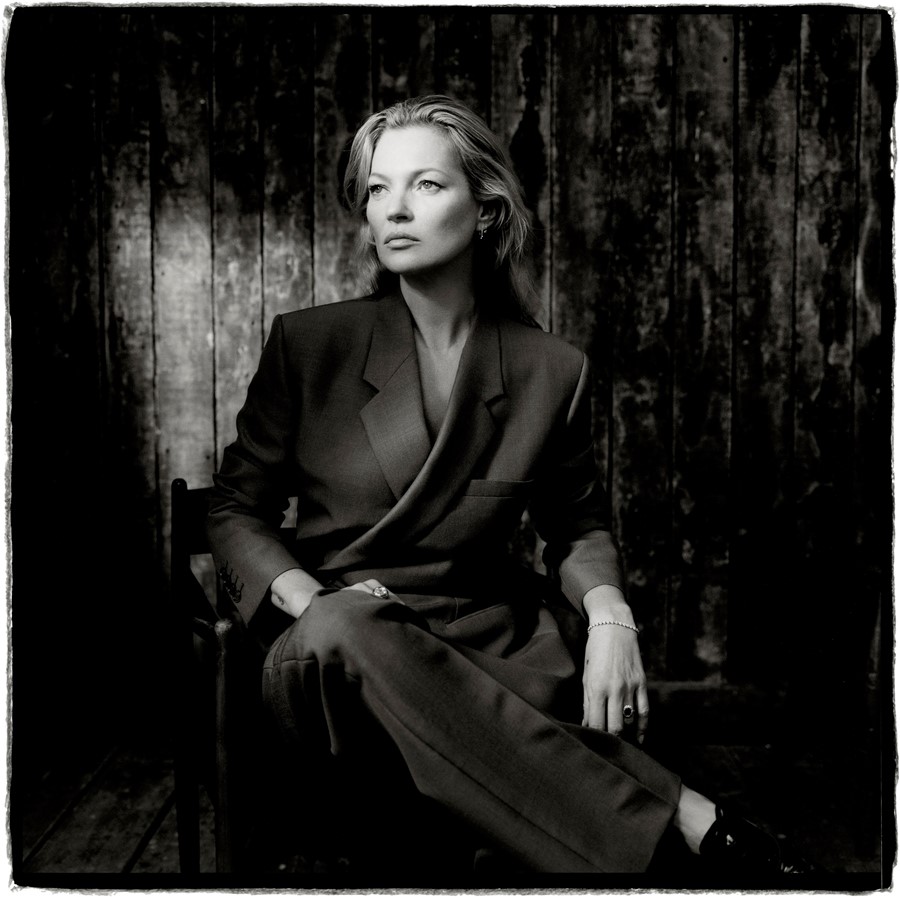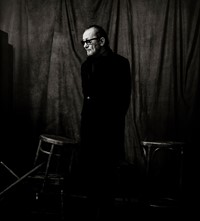The Dior Family Album: Beautiful Portraits by Nikolai von Bismarck
- TextTed Stansfield
A collaboration with Kim Jones, Nikolai von Bismarck’s new book is a collection of analogue portraits of people wearing specially tailored pieces by the Dior Men’s designer. Here, the photographer tells Ted Stansfield the story behind the publication
The walls of Nikolai von Bismarck’s studio are plastered with pictures: photographs by Richard Avedon, Helmut Newton, Irving Penn, Malick Sidibé and Lord Snowdon; paintings by Max Beckmann, John Singer Sargent and Egon Schiele. On his desk are several scrapbooks, bursting with yet more images – cut and pasted in, some brushed lightly with watercolour. These pictures – numbering hundreds, if not thousands – were the foundation for the British-German photographer’s book The Dior Sessions: Portraits by Nikolai von Bismarck. Tailored by Kim Jones., which is out now.
Published by Rizzoli, this tome features over 80 black and white portraits of celebrities and friends of the house of Dior, captured on film; from Jones’ artistic collaborators such as Kaws, Hajime Sorayama and Daniel Arsham, to his model friends like Kate Moss and Naomi Campbell; actors Demi Moore and Eddie Redmayne also star, along with filmmaker Luca Guadagnino, photographer Paolo Roversi, and Dazed Media’s co-founder Jefferson Hack (a portion of the group were styled by Another Man’s fashion director Ellie Grace Cumming). It’s an incredible mix of figures from the worlds of fashion and culture, reflecting the people that orbit Jones and his world at Dior. Sort of like a family photo album – only the people in it are famous or influential, and dressed in specially tailored pieces by Kim Jones for Dior Men’s.
“We had the discussion in April 2018, he’d just signed the contract with Dior,” says Von Bismarck on the origins of the project, speaking from the living room of his home in London. “We went for a walk and I told him that Don McCullin had advised me to stay in London rather than going off to Africa again, or to Myanmar or Cuba. He said, ‘Stay in one place and it will teach you discipline and patience, and after that do a portraiture project and that will really teach you that discipline that patience – then you’ll be able to go off and do whatever you like’. I thought about it and realised ‘this man is 85 and I’m 30 – he’s got 50 years on me, what’s one year of my life to listen to this man’s advice’.”
Von Bismarck and Jones continued to discuss the project, both agreeing that it should be shot in black and white, on film, and that it should document the clothes with a classicism that would allow it to stand the test of time. Dior shared the pair’s enthusiasm and so the project began, with Von Bismarck shooting the majority of the portraits in the studio in his house, and a smaller number in other locations, including Tokyo, Japan.
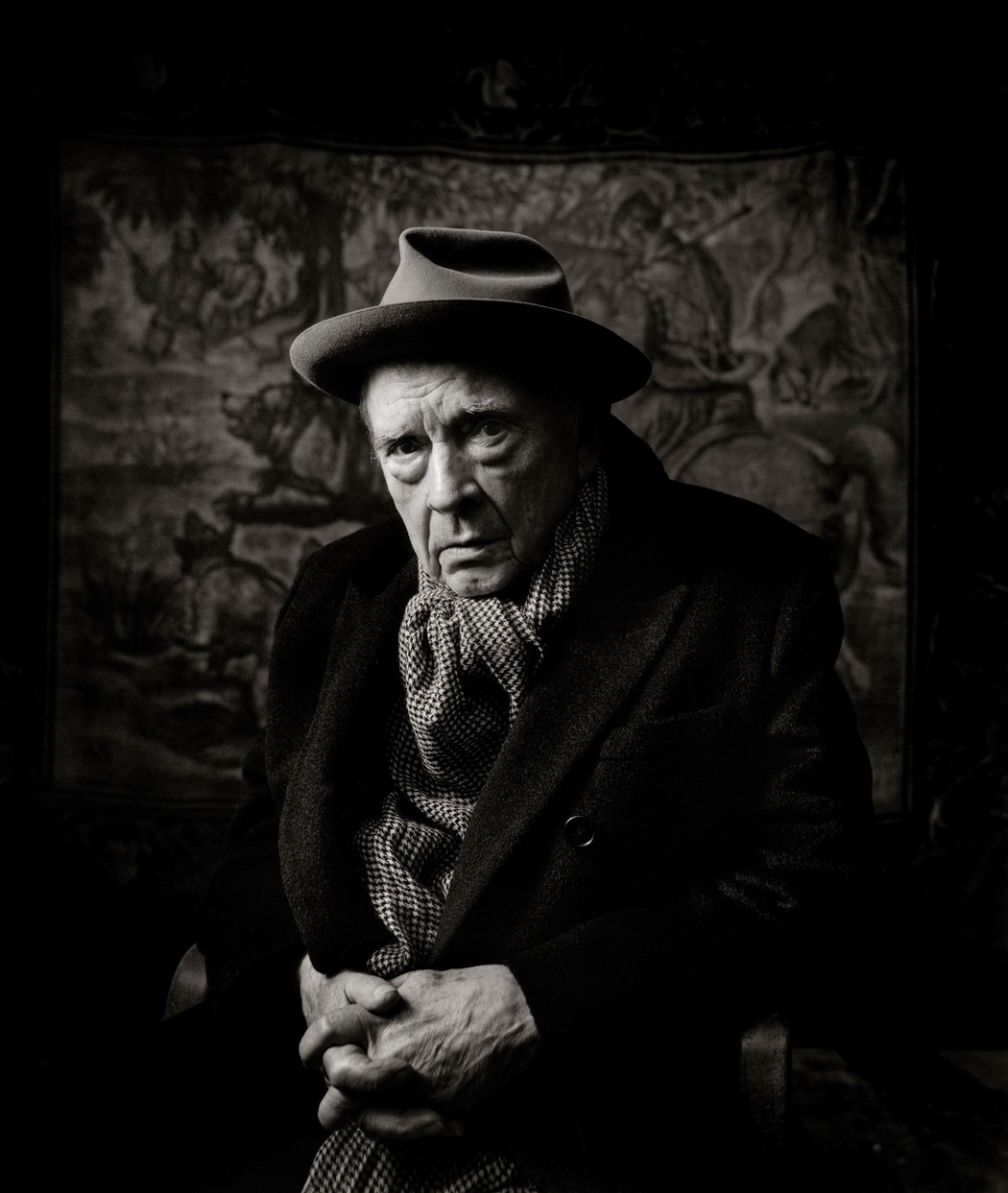
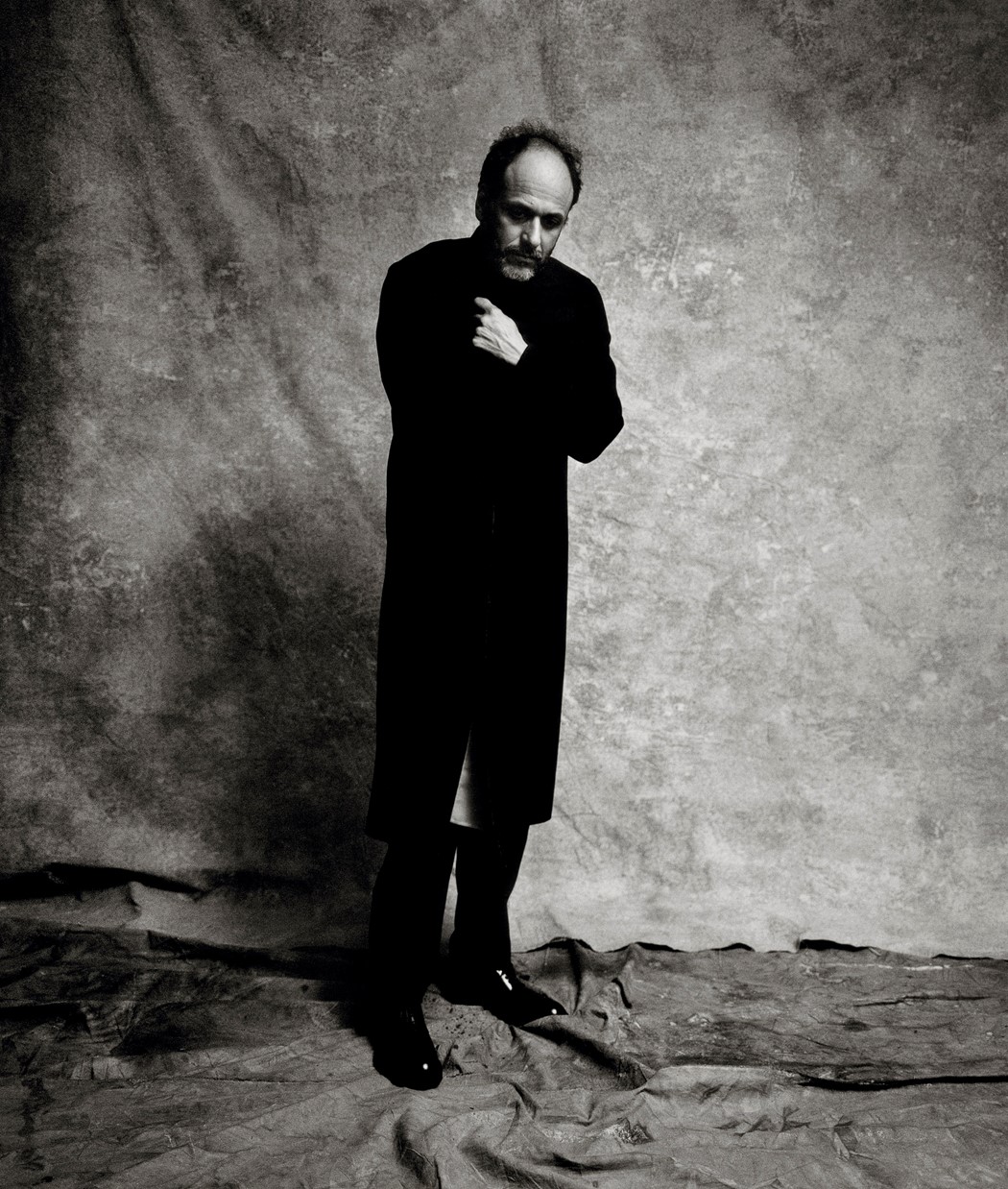
The process was meticulous, collating specific references for each image (seen on the walls of his studio and his scrapbooks), explaining these references to the subject and then weaving the resulting portraits together like some sort of elaborate photographic tapestry. Sometimes they had plenty of time to do this, other times they didn’t, but look at the images and there’s a beautiful consistency and continuity to them.
This process is something that was shaped in part by seminal photographer Annie Leibovitz, who Von Bismarck spent two years assisting in New York, back in 2007. Describing the experience as “an education”, he would compile hundreds of references for Leibovitz’s shoots; researching how her subjects had been photographed before, which angles they looked best from and lighting they looked best in.
“It was fascinating to see Annie at work,” he says. “Archiving [for her] was incredible because you’d see pictures which no one has ever seen before – Jimmy Carter in a field of wheat, Nixon leaving the White House in that helicopter; pictures of the Stones on tour, Keith out of it, Mick in a dressing gown and with mascara on. It was amazing to work in that creative environment, it was definitely an education, and I’ve applied some of that to this project over the last year, year and a half.”
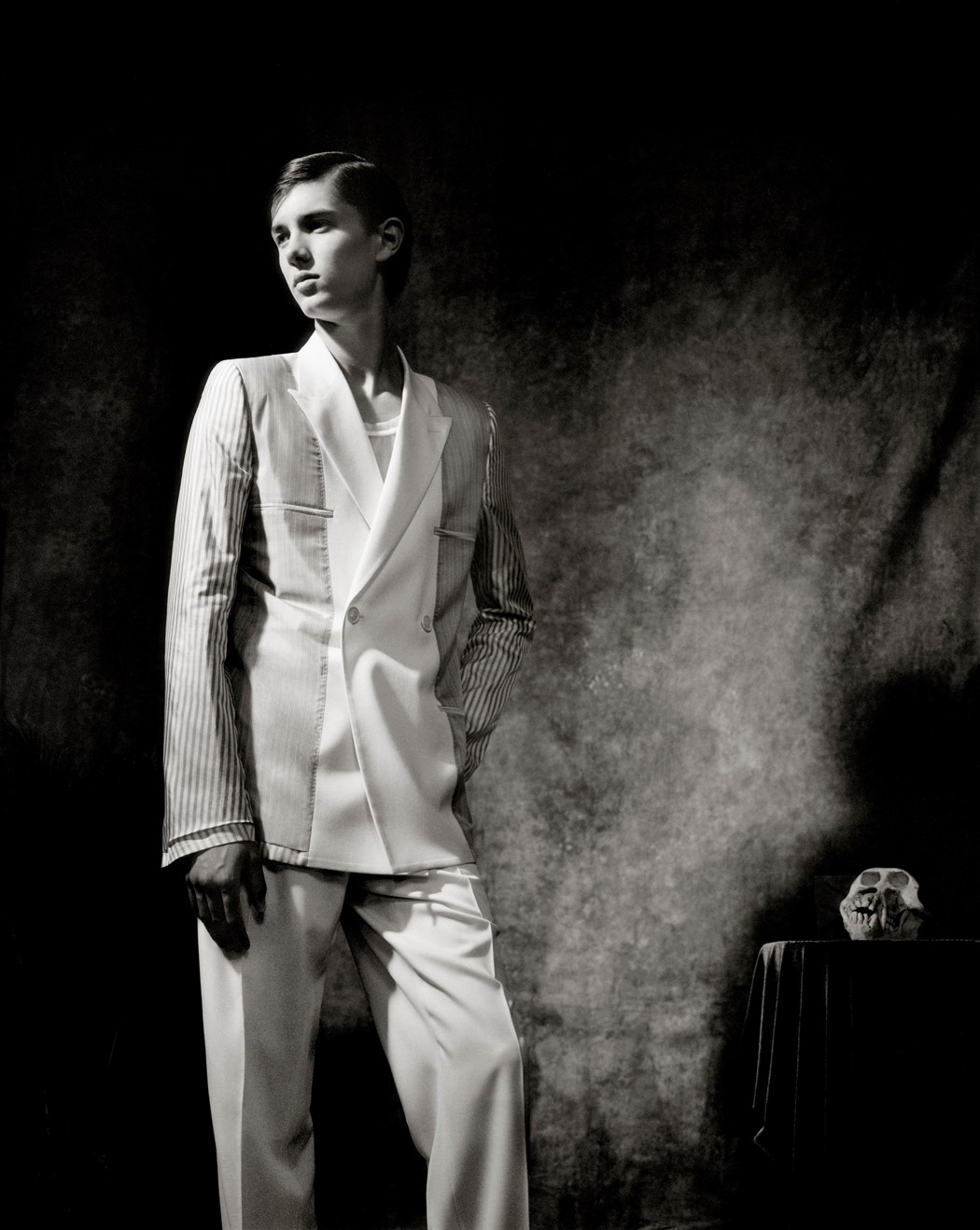
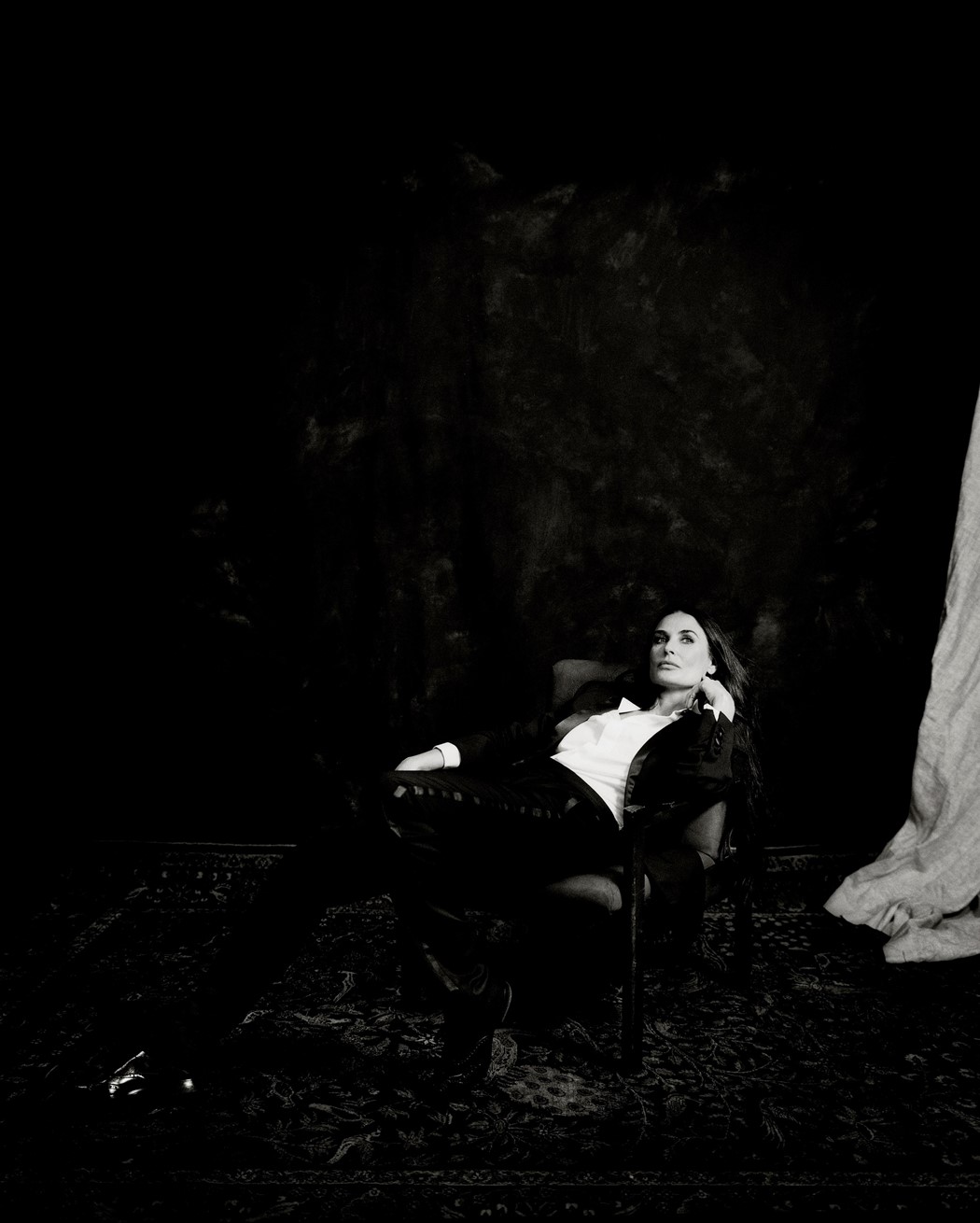
When asked about his favourite subjects, Von Bismarck immediately cites the dancers: namely, Michael Clark and MJ Harper. He also notes how Christian Dior was surrounded with characters that he would dress, much like Jones, and that that’s what really ties this book together. Instead of Jean Cocteau and Salvador Dalí, he has Kaws, Hajime Sorayama and Daniel Arsham; instead of Sophia Loren, he has Kate Moss and Naomi Campbell. This is something that sets Jones apart as a designer, and something that this book captures so eloquently.
For Von Bismarck though, the book represents a completion of the task, or challenge, set to him by Don McCullin; it’s the result of tireless discipline and patience on his part, which succeeds in documenting the world of Dior Men’s for this generation and many more to come.
The Dior Sessions: Portraits by Nikolai von Bismarck. Tailored by Kim Jones. is out now, published by Rizzoli. Profits from the sale of this book will benefit Teenage Cancer Trust, the British association that supports and accompanies teenagers with cancer.
